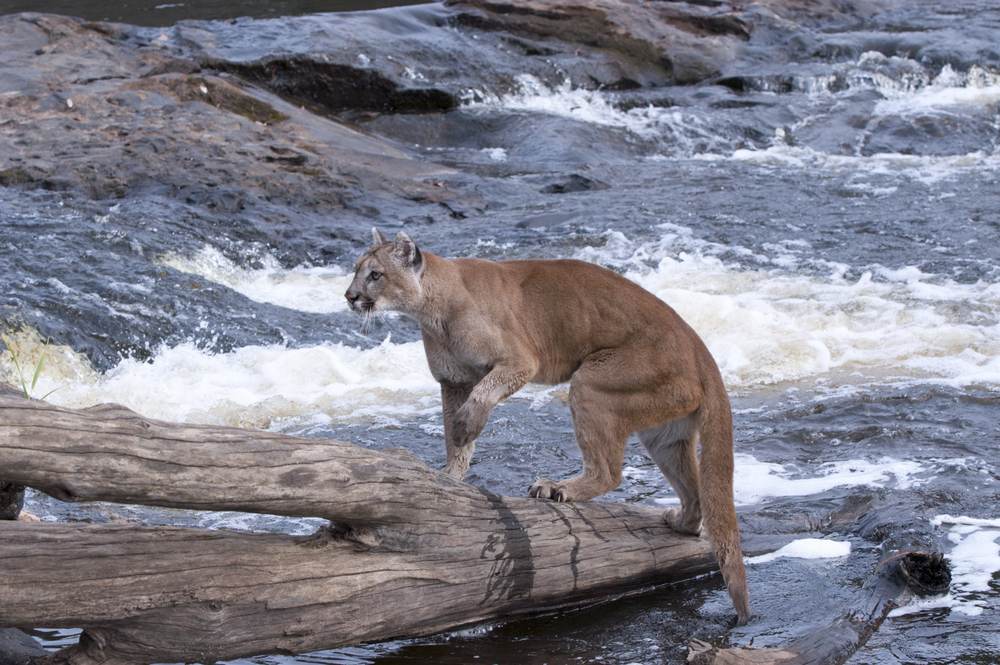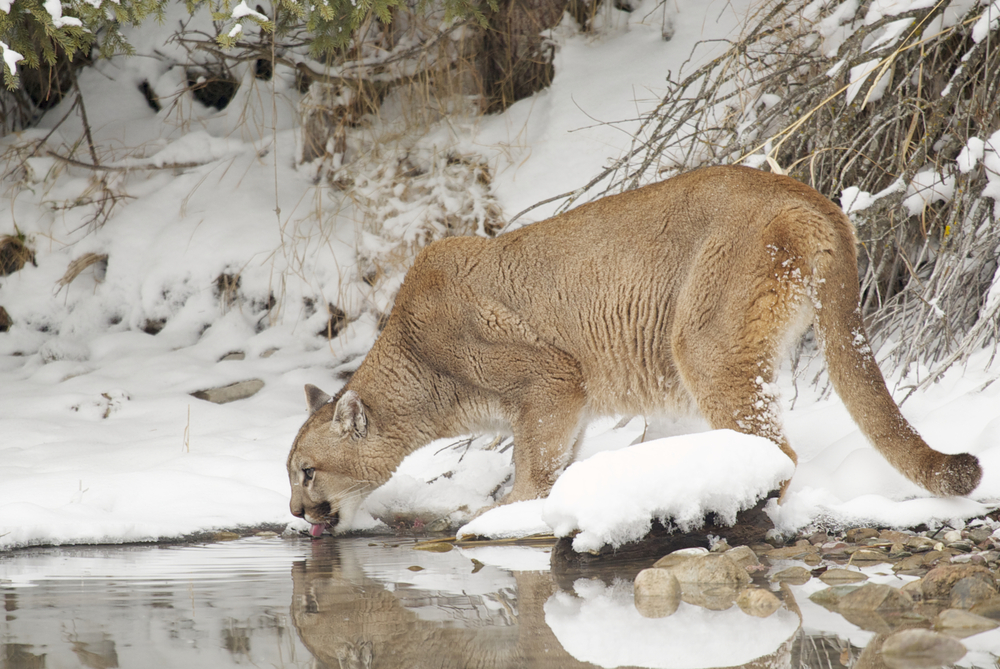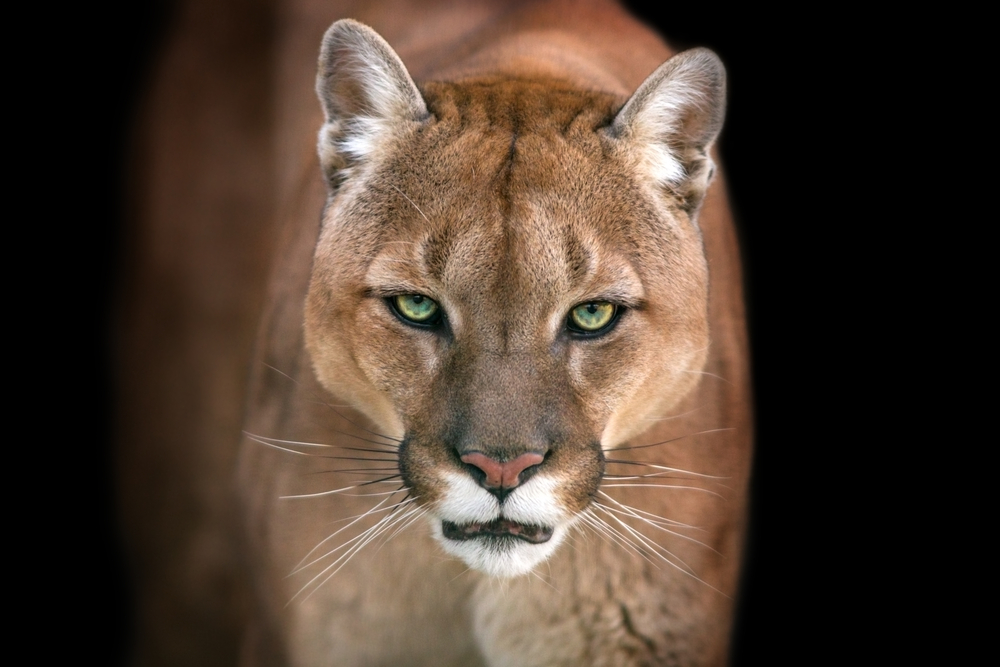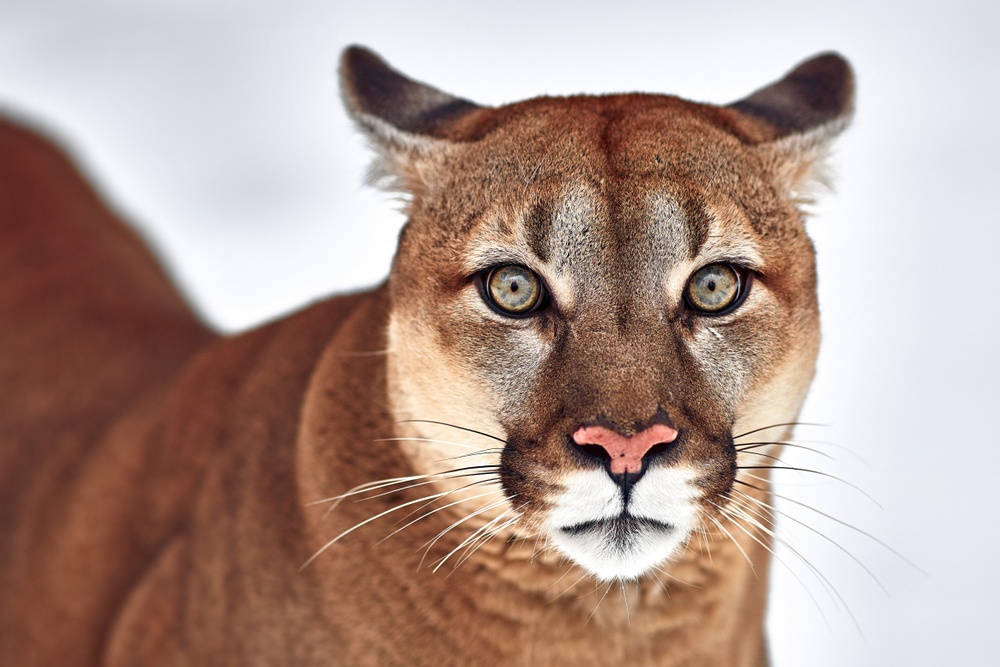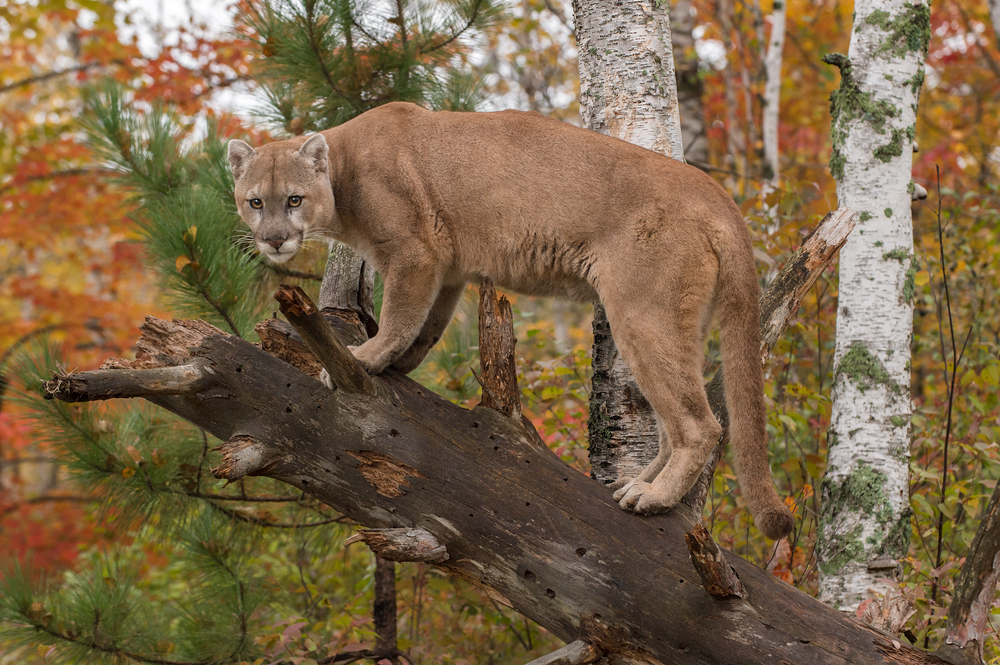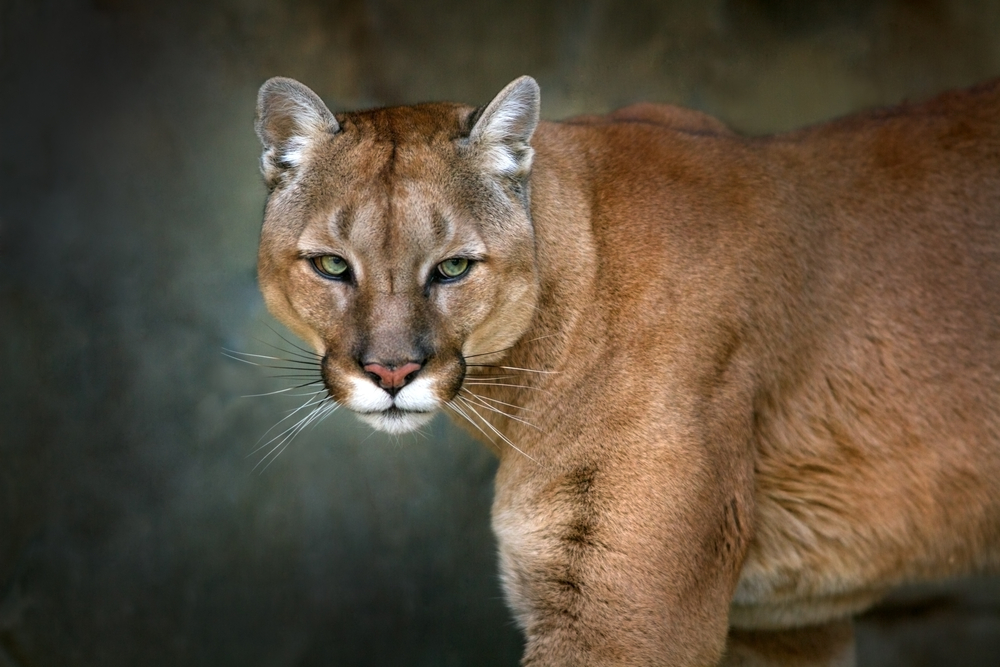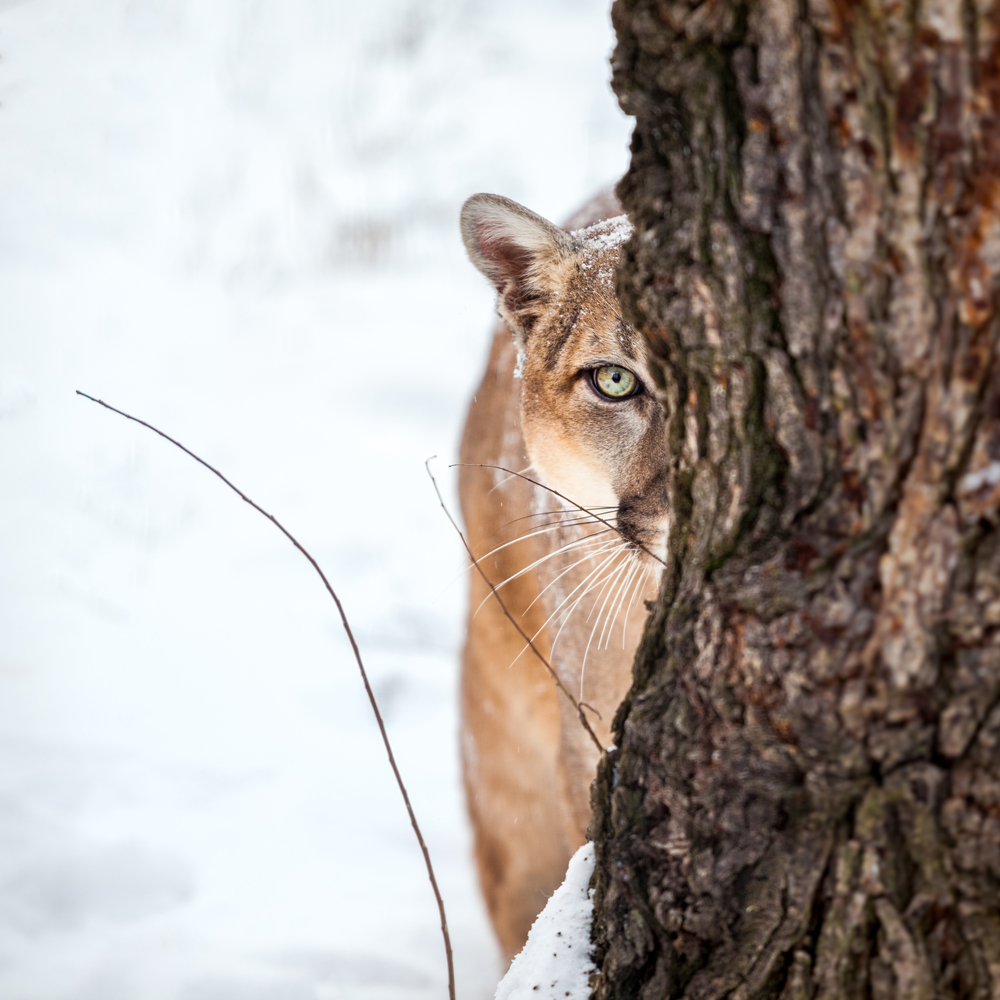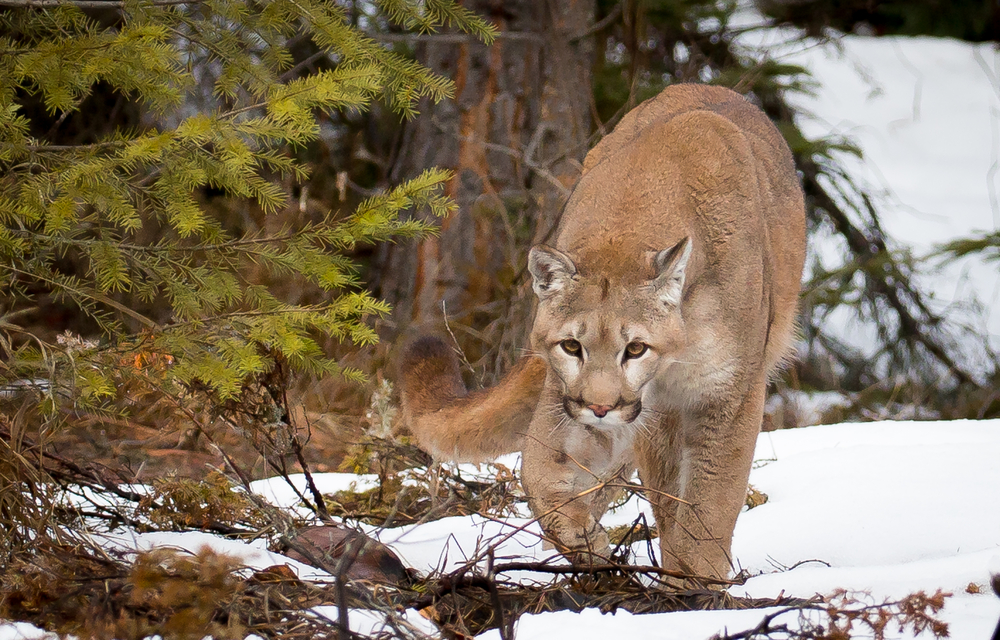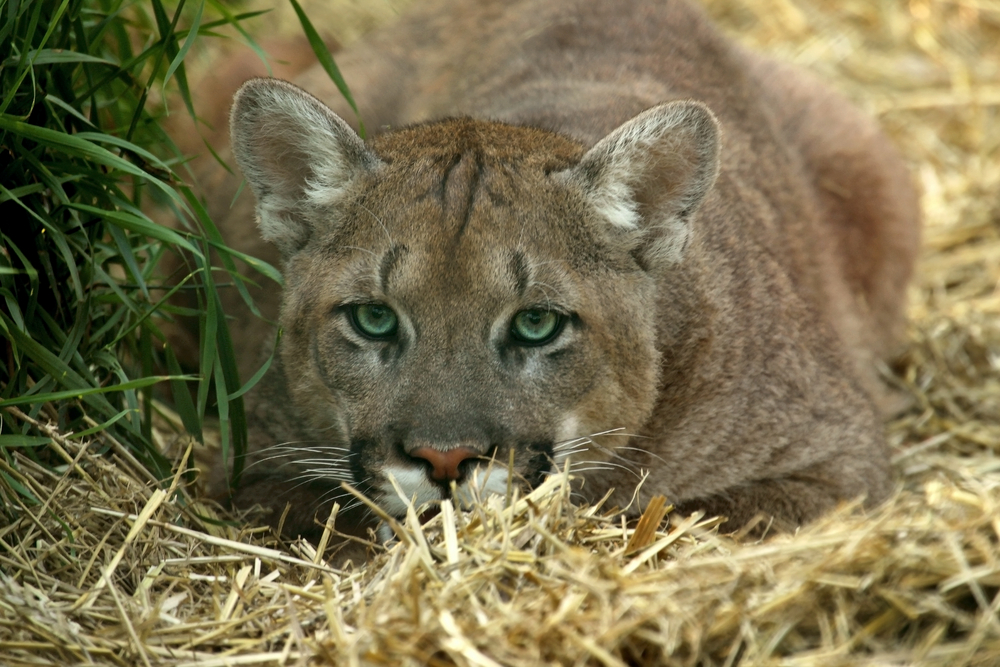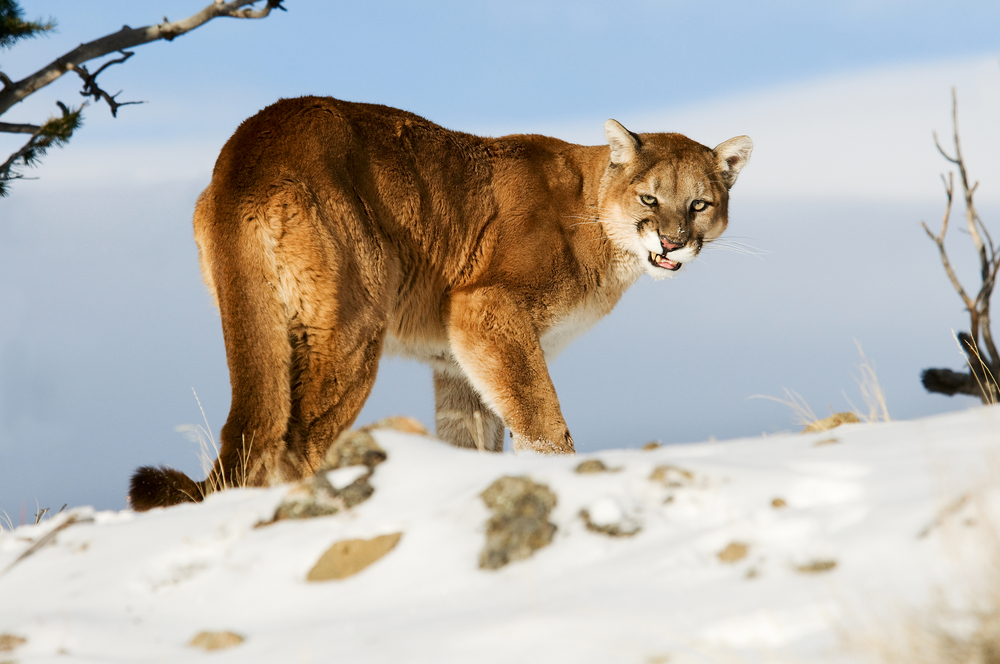Mountain lions and pumas are two terms that refer to the same species, scientifically known as Puma concolor. These big cats are known by various names in different regions, leading to some confusion. Here’s a breakdown of the difference between the terms:
- Mountain Lion: This is one of the common names used for Puma concolor, particularly in North America. It is called a “mountain lion” because it is often associated with mountainous and rugged terrain, but it can be found in a variety of habitats, not just mountains.
- Puma: “Puma” is another common name for the same species, and it is used more widely in South America. In many South American countries, it is referred to as “puma” rather than “mountain lion.”
In addition to “mountain lion” and “puma,” this species goes by various other regional names, including “cougar,” “catamount,” “panther,” and “Florida panther” in different parts of North America, further contributing to the confusion regarding its nomenclature.
Despite the diverse regional names, it’s important to clarify that these terms all refer to the same species, Puma concolor. They are known for their adaptability, wide distribution, and remarkable hunting skills, and they are recognized as one of the most widespread big cats in the Americas.










































































